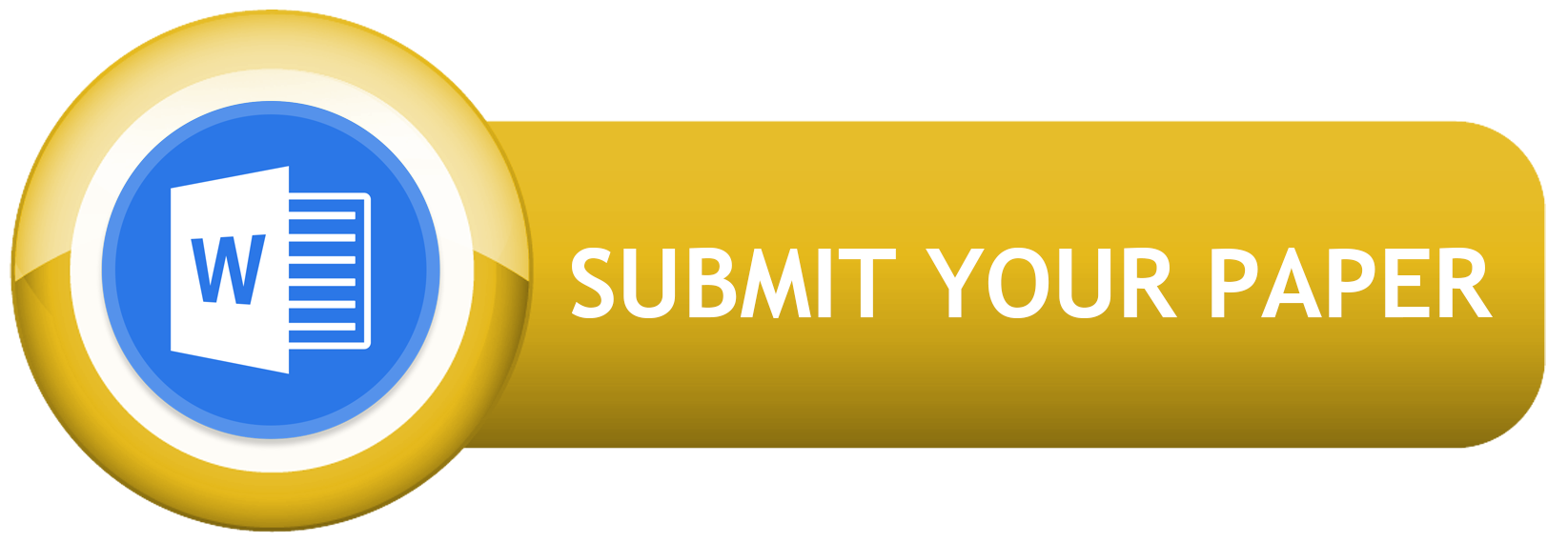NATURAL DISASTERS AND PUBLIC CONCERN FOR THEIR CAUSES
Abstrak
This article describes the relationship between natural disasters and community negligence by referring to Jens Beckert's institutional theory (2010). This sociological study has relevance for the general public as well as government agencies. More than two thousand natural disasters occur in Indonesia every year, resulting in more than 10,000 deaths. In some cases, natural disasters are difficult to anticipate by science. However natural disasters caused by human negligence are also not insignificant, such as floods, fires and landslides. In this study, we discuss the community negligence factors that contribute to natural disasters. The study was conducted using the survey method via Google Form to a number of respondents spread across the Jabodetabek area. It also processed secondary data from a number of reports on natural disasters on various social media and digital media. Furthermore, this study shows that a number of disasters caused by human negligence are quite frequent. The facts show that Indonesian people quite often act rashly and without thinking about the long-term impact that their actions will bring. Based on secondary data, this article selects several cases of human negligence that have the potential to cause disaster.Referensi
Adnan, R. (2006). Potret Suram Bangsaku – Gugatan dan Alternatif Disain Pembangunan. Depok: FISIP UI Press.
Adnan, R. (2019) Bencana, Kelembagaan, dan Masyarakat, (2019) TALENTA Conference Series: Local Wisdom, Social, and Arts (LWSA), Volume 2 Issue 3 – 2019, DOI : 10.32734/lwsa.v2i1.621
Azanella, Luthfia Ayu "Masuki Musim Hujan, Waspada dan Kenali Penyebab Tanah Longsor" Kompas.com dengan judul, https://sains.kompas.com/read/2019/01/02/152849423/masuki-musim-hujan-waspada-dan-kenali-penyebab-tanah-longsor?page=all.
Baioni, D. (2011). “Natural Earth System Sciences Human activity and damaging landslides and floods on Madeira Island. Copernicus Publications on behalf of the European Geosciences Union. 15 November 2011
Beckert, J. (2010) How do fields change? the interrelations of institutions, networks, and cognition in the dynamics of markets. Organization Studies, 31(5), 605–627. https://doi.org/10.1177/0170840610372184
Brooks, B., Curnin, S., Bearman, C., & Owen, C. (2018). Human error during the multilevel responses to three Australian bushfire disasters. Journal of Contingencies and Crisis Management. doi:10.1111/1468-5973.12221
Dearborn, Carly and Sam Meister (2017)” Failure as process: Interrogating disaster, loss, and recovery in digital preservation”. The Journal of National and International Library and Information Issues 2017, Vol. 27(2) 83–93.
Dennis, R.A., Mayer, J., Applegate, G. et al. (2005) Fire, People and Pixels: Linking Social Science and Remote Sensing to Understand Underlying Causes and Impacts of Fires in Indonesia. Hum Ecol 33, 465–504 https://doi.org/10.1007/s10745-005-5156-z
Faturahman, B. M. (2018). Konseptualisasi mitigasi bencana melalui perspektif kebijakan publik. Publisia (Jurnal Ilmu Administrasi Publik), 3(2), 121-134.
Furlong, Kathryn and Michelle Kooy (2017)— Wordling Water Supply: Thinking Beyond the Network in Jakarta, International journal of Urban and Regional Research Published by John Wiley & Sons ltd
Jong, Hans Nicholas (2021) Indonesia’s new epicenter of forest fires shifts away from Sumatra and Borneo, Mongabay Series, on 29 December 2021
Koda, S. H. A. (2021). Analisis ekologis mangrove dan dampak perilaku masyarakat terhadap ekosistem mangrove di pesisir Pantai Kokar, Kabupaten Alor Nusa Tenggara Timur. Jurnal Penelitian Sains, 23(1), 1-7.
Ley, Lucas. (2016). “Dry feet for all: Flood Management and Chronic time in Semarang, Indonesia”. ASEAS – Austrian Journal of South-East Asian Studies, 9(1), 107-126.
Lubis, Mochtar. (1978). Manusia Indonesia. Jakarta: Yayasan Idayu.
Murray, A. T. (2013). An overview of network vulnerability modeling approaches. GeoJournal, 78(2), 209-221. doi:https://doi.org/10.1007/s10708-011-9412-z
Pratikno, H., Rahmat, H. K., & Sumantri, S. H. (2020). Implementasi Cultural Resource Management dalam Mitigasi Bencana pada Cagar Budaya di Indonesia. NUSANTARA: Jurnal Ilmu Pengetahuan Sosial, 7(2), 427-436
Rozi, Syafwan. (2017). “Local Wisdom and Natural Disaster In West Sumatra”. El Harakah Vol.19 No.1.
Rosyidie, Arief (2013). “Banjir: Fakta dan Dampaknya, Serta Pengaruh dari Perubahan Guna Lahan”. Jurnal Perencanaan Wilayah dan Kota, Vol. 24 No. 3, Desember 2013, hlm.241 -249.
Rasyid, Fachmi (2014) Permasalahan dan Dampak Kebakaran Hutan, Jurnal Lingkar Widyaiswara, Edisi 1 No. 4, Oktober – Desember 2014, p.47-59.
Toya, H., & Skidmore, M. (2014). Do Natural Disasters Enhance Societal Trust? Kyklos, 67(2), 255–279. doi:10.1111/kykl.12053
Lailan Syaufina dan Sofia Fitriana (2021) FAKTOR PENYEBAB DAN UPAYA PENGENDALIAN KEBAKARAN HUTAN DI KPH MAJALENGKA, Jurnal Silvikultur Tropika Vol. 12 No. 3, Desember 2021, Hal 164-171.
Wan, Z., & Chen, J. (2018). Human errors are behind most oil-tanker spills. Nature, 560(7717), 161-163. doi:https://doi.org/10.1038/d41586-018-05852-0
FinanceBuzz, (20 Nov. 2022), 10 Countries Heavily Prone to Natural Disasters (and When to Avoid Them) in (https://financebuzz.com/countries-with-most-natural-disasters)
Ion Ilasco, (2011) Top-10 safest countries to live in with lowest natural disaster risk, 10 August 2021 in https://www.developmentaid.org/news-stream/post/103120/top-10-safest-countries-with-lowest-natural-disaster-risk. Access at Dec, 14 2022
https://www.statista.com/statistics/920857/indonesia-risk-index-for-natural-disasters/
https://databoks.katadata.co.id/datapublish/2022/12/05/sebanyak-3318-bencana-alam-terjadi-di-indonesia-sampai-awal-desember-2022








